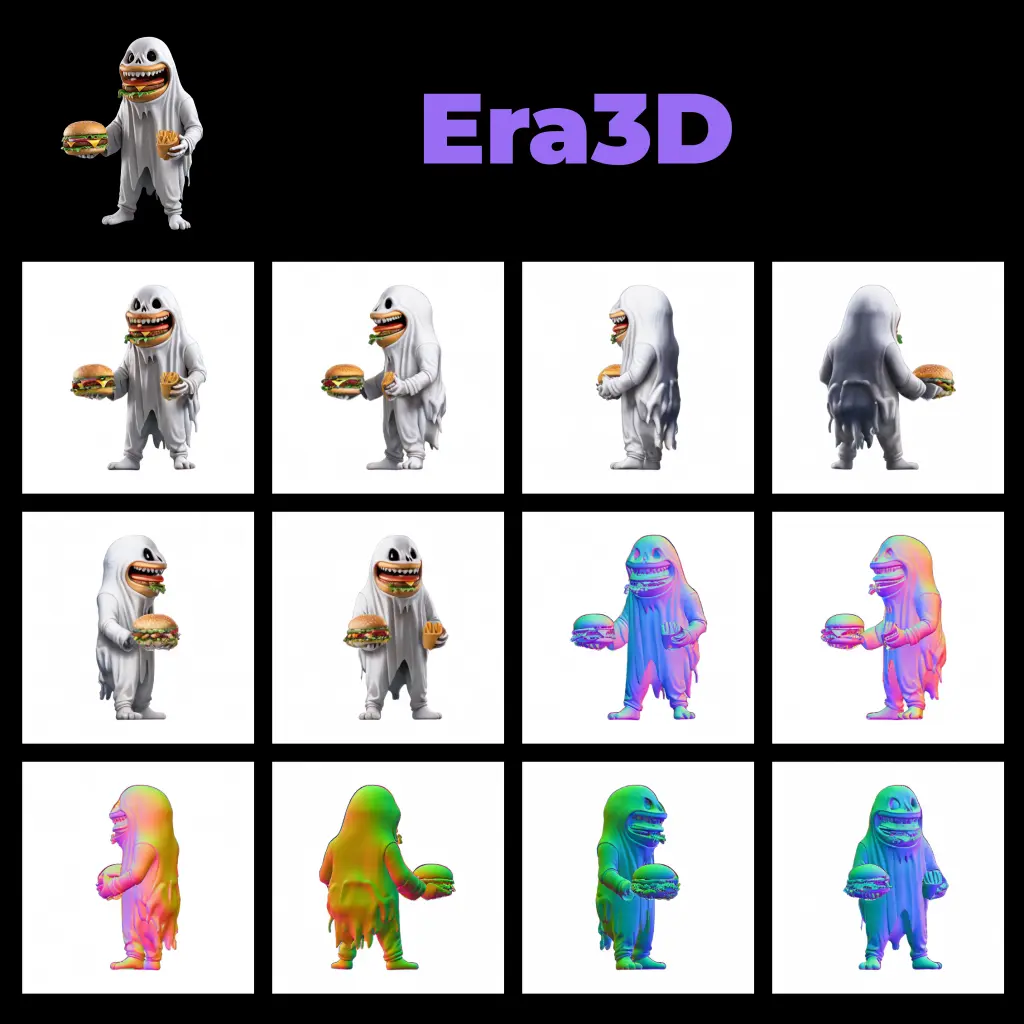ComfyUI Node: 🔥MergingVideoByTwo
MergingVideoByTwo
Category🔥FFmpeg
MoonHugo (Account age: 213days) Extension
ComfyUI-FFmpeg Latest Updated
2024-11-13 Github Stars
0.06K
How to Install ComfyUI-FFmpeg
Install this extension via the ComfyUI Manager by searching for ComfyUI-FFmpeg- 1. Click the Manager button in the main menu
- 2. Select Custom Nodes Manager button
- 3. Enter ComfyUI-FFmpeg in the search bar
Visit ComfyUI Online for ready-to-use ComfyUI environment
- Free trial available
- 16GB VRAM to 80GB VRAM GPU machines
- 400+ preloaded models/nodes
- Freedom to upload custom models/nodes
- 200+ ready-to-run workflows
- 100% private workspace with up to 200GB storage
- Dedicated Support
🔥MergingVideoByTwo Description
Seamlessly merge two videos with FFmpeg for AI artists and video editors, supporting resolution control and CPU/GPU processing.
🔥MergingVideoByTwo:
The MergingVideoByTwo node is designed to seamlessly combine two video files into a single output, leveraging the powerful capabilities of FFmpeg. This node is particularly useful for AI artists and video editors who need to merge video content while maintaining control over the resolution and encoding process. By utilizing this node, you can efficiently concatenate two videos, ensuring that the final output is cohesive and synchronized, even if the original videos have different audio configurations. The node supports both CPU and GPU (CUDA) processing, allowing for flexibility in performance optimization based on your hardware capabilities. Its primary goal is to simplify the video merging process, making it accessible to users without requiring deep technical knowledge of video processing tools.
🔥MergingVideoByTwo Input Parameters:
video1_path
This parameter specifies the file path to the first video you wish to merge. It is crucial that the path points to a valid video file, as the node will verify its existence and format before proceeding. The default value is set to "C:/Users/Desktop/video1.mp4". Ensure the file path is correct to avoid errors during execution.
video2_path
Similar to video1_path, this parameter defines the file path to the second video. The node will check if the file exists and is a valid video format. The default value is "C:/Users/Desktop/video2.mp4". Correctly specifying this path is essential for successful video merging.
device
This parameter determines the processing device used for video encoding. You can choose between "cpu" and "cuda", with the default being the system's current device setting. Selecting "cuda" enables GPU acceleration, which can significantly speed up the encoding process if your system supports it.
resolution_reference
This parameter allows you to choose which video's resolution will be used as the reference for the output video. Options are "video1" or "video2", with "video1" as the default. This choice affects the scaling of the videos during the merging process, ensuring the output video maintains a consistent resolution.
output_path
This parameter specifies the directory where the merged video will be saved. It must be a valid directory path, and the node will generate a unique file name based on the current date and time. The default value is "C:/Users/Desktop/output". Ensure the directory exists to prevent errors during the saving process.
🔥MergingVideoByTwo Output Parameters:
video_complete_path
This output parameter provides the complete file path to the merged video. It is a string that includes the directory and the generated file name, allowing you to easily locate and access the final output. This parameter is crucial for verifying the success of the merging process and for subsequent use of the merged video.
🔥MergingVideoByTwo Usage Tips:
- Ensure that both video file paths are correct and point to valid video files to avoid errors during the merging process.
- If you have a compatible GPU, consider setting the
deviceparameter to"cuda"to take advantage of faster processing times. - Choose the
resolution_referencebased on the desired output resolution to maintain video quality and consistency. - Verify that the
output_pathis a valid directory to ensure the merged video is saved successfully.
🔥MergingVideoByTwo Common Errors and Solutions:
"video1_path: <path> is not a video file"
- Explanation: The specified path for the first video does not point to a valid video file.
- Solution: Check the file path and ensure it points to a valid video file with a supported format.
"video1_path: <path> does not exist"
- Explanation: The file path for the first video is incorrect or the file does not exist.
- Solution: Verify the file path and ensure the video file is present at the specified location.
"video2_path: <path> is not a video file"
- Explanation: The specified path for the second video does not point to a valid video file.
- Solution: Check the file path and ensure it points to a valid video file with a supported format.
"video2_path: <path> does not exist"
- Explanation: The file path for the second video is incorrect or the file does not exist.
- Solution: Verify the file path and ensure the video file is present at the specified location.
"output_path: <path> is not a directory"
- Explanation: The specified output path is not a valid directory.
- Solution: Ensure the output path is a valid directory where the merged video can be saved.
🔥MergingVideoByTwo Related Nodes
RunComfy is the premier ComfyUI platform, offering ComfyUI online environment and services, along with ComfyUI workflows featuring stunning visuals. RunComfy also provides AI Playground, enabling artists to harness the latest AI tools to create incredible art.

